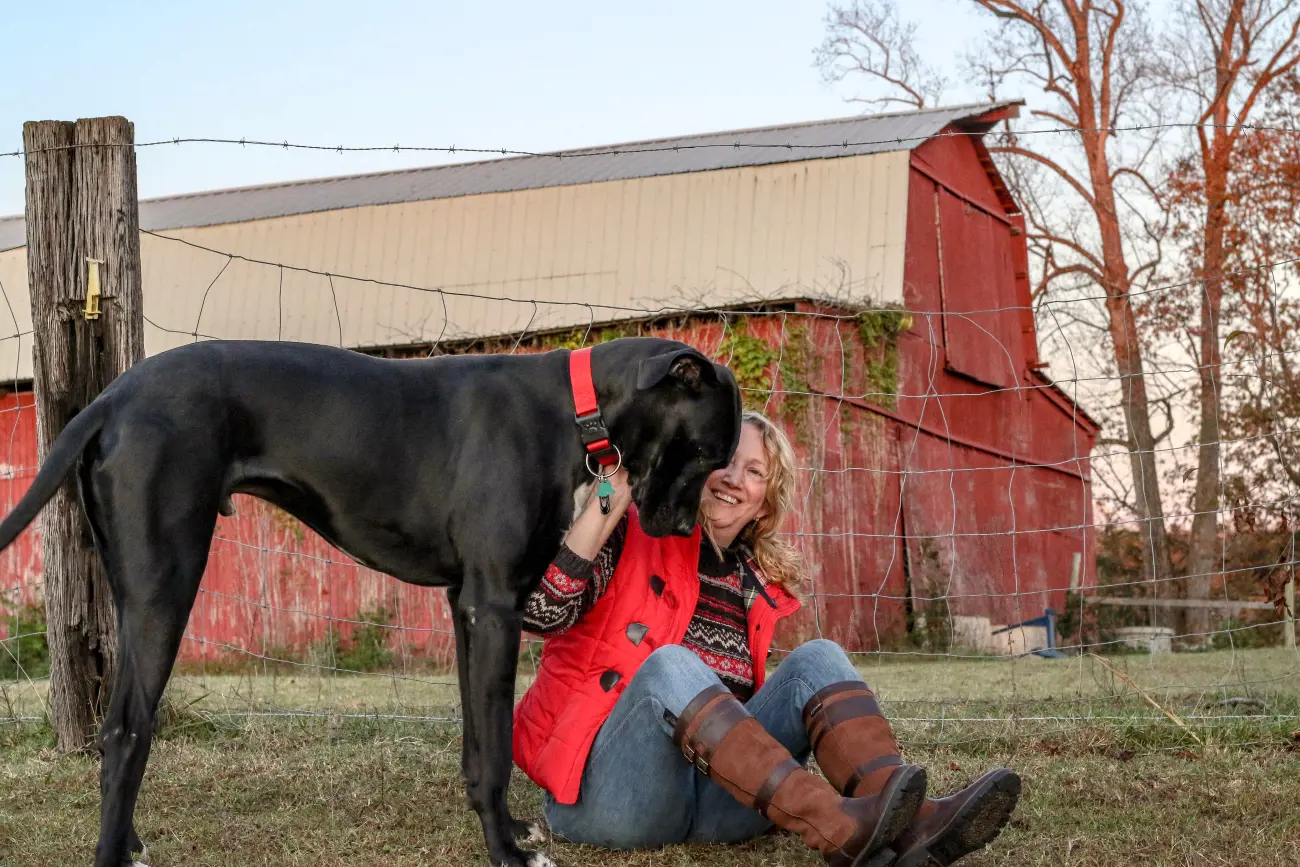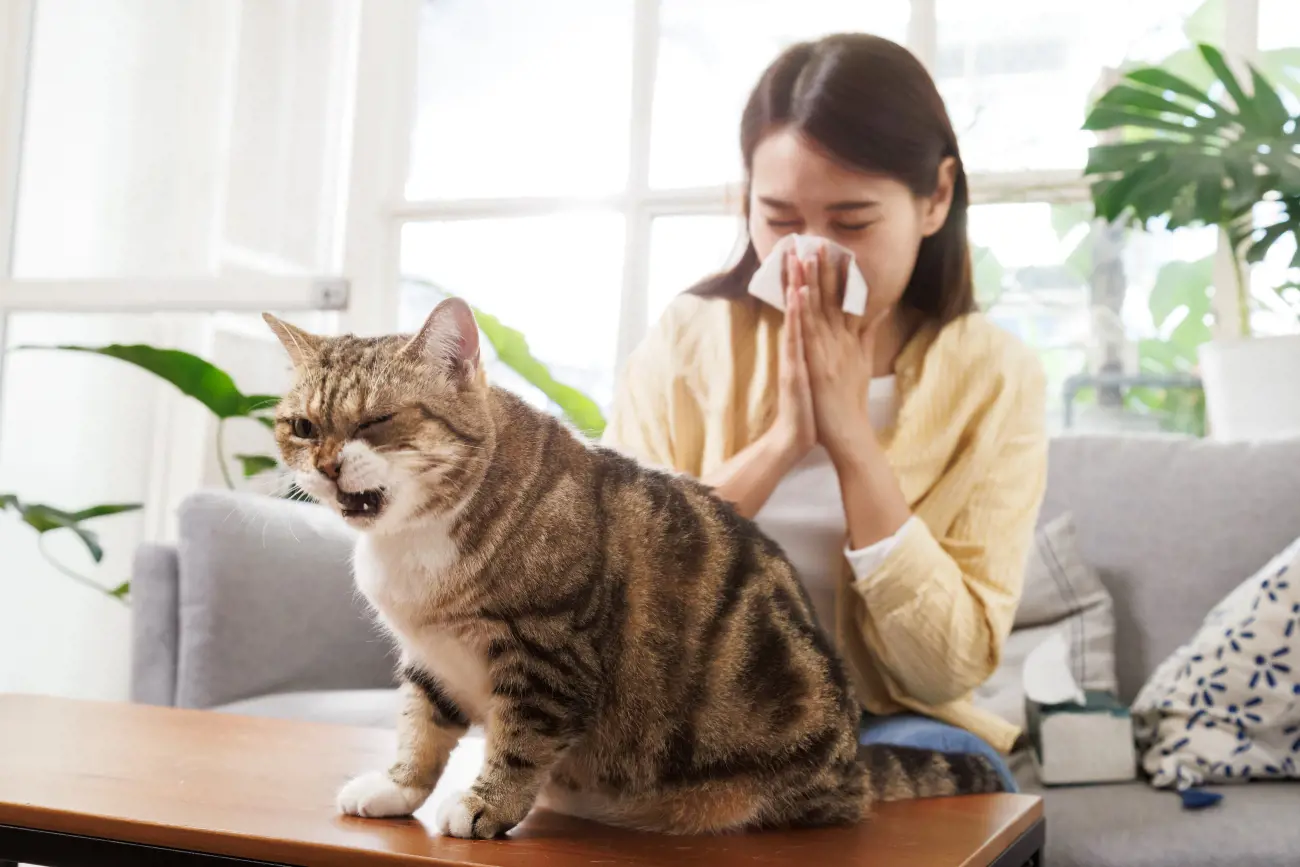Is it safe for cats to climb up high?
19th September, 2019

Anybody’s who’s owned a cat knows that they have a habit of finding the highest part of the house: on top of the refrigerator or door are both quite common, whilst some pet owners will purchase a cat tree to indulge their pet’s fondness for heights.
Most of the time your cat will get to their high place without any trouble at all – but sometimes they can misjudge things and land heavily on their feet.
Cats have an inbuilt balancing system called the ‘righting reflex’ that allows them to orient themselves and land perfectly on their paws.
But while your puss will land the right way up, most of the time, they don’t always land on their feet. Whether they land safely or not is all to do with the height of the fall in the first place.
If your cat was to land awkwardly, they could injure themselves and need treatment – this is why it’s so important to have quality cat insurance to cover you in the event that you need to take your beloved pet to the vet to have their injuries put right.
More about that later. But let’s take a closer look at why cats are so fascinated by heights. It would be a lot easier if they were forever ground bound, wouldn’t it?
Cats have been doing it for millions of years
Cats are tree-climbing mammals that descended from Proailurus, the first true cat, which lived in Europe and Asia approximately 25 million years ago.
These early cats were hunters and their super-strong claws enabled them to climb into trees for safety or scrabble up high to lie in wait for their prey.
In other words, climbing meant survival and so the skill was hard-wired into their nature from that moment on.
Today’s pet cats don’t have the same need to climb high for food and safety (although you’ll occasionally see a cat climb into a tree to escape a chasing dog).
They climb for fun and because it’s what their instincts tell them to do.

Cats are built to be effective climbers
If you’ve ever seen a cat climb a tree or leap up to catch a fly, you can’t fail to be impressed with the skill with which they can do so.
It’s all thanks to your tabby’s incredible musculoskeletal system.
The muscles in their hindquarters and back are extremely strong, allowing them to leap several feet in any direction.
When it comes to climbing up a vertical surface such as a tree, a cat’s claws are perfect for providing the grip and leverage they need to get from bottom to top in a matter of seconds.
If you were to observe a cat just before it jumped onto a high place, you would notice that she leans back and stares – this is her calculating the angles and the risk, trying to work out whether or not she will successfully clear the distance.
Occasionally she might misjudge the distance – there are plenty of cat fail videos online – but most of the time, she’ll land softly and soundly.
The risks of cats falling
Cats are instinctive climbers – but even the luckiest of cats can suffer a fall.
Sometimes pet owners inadvertently set their cats up for a fall. Inside the house, there’s not much danger of a cat falling and doing itself any real damage due to the distance of the fall.
However, if you leave a window upon upstairs – or if you live in a flat a few stories up – it can pose a real danger to a cat.
If a cat were to fall out of an open window, the injuries suffered can be serious or even fatal.
This is why, every summer, when people are most likely to open their windows, national pet charity Blue Cross carries out an awareness campaign to alert pet owners to the dangers of cats falling out windows.
“This time of year is always a big concern for Blue Cross,” said Alison Thomas, Senior Veterinary Surgeon at Victoria animal hospital. “Every year we get cats in with horrible injuries as they fall out of windows or off balconies. It’s a serious issue that can be prevented very easily and without much expense.”
Blue Cross’ advice for pet owners is to be more aware of the windows you’re opening. If they need to be opened to keep cool, invest in screens or netting that will keep your cat safe.
When cats suffer a fall from a particularly high location, they tend to land with their feet slightly apart.
This can cause severe head and pelvis injuries that can be costly to put right. If your cat falls from a height of more than 10-15 feet, you should rush them to the nearest veterinary practice.
There is a high survival rate for cats who fall from a height if they receive immediate and proper medical attention.

Protecting your moggie with cat insurance
Whether you have a mischievous older moggie or a brand new kitten that’s ready to take on the world, here at Purely Pets, you can get quick and easy quotes for cat insurance that will protect them whatever their life stage.
Whether you choose lifetime insurance or cover for accidents only, Purely Pets will give you access to your cat insurance documents 24/7 through our handy Manage My Policy platform, as well as a 24-hour vet helpline should you need to get specialist advice.
With lifetime cover, benefits can include things like:
- Vet fees up to £7,500 for accidental injury
- Vet fees up to £7,5000 for a new illness
- Advertising and reward up to £500
- Loss by theft or straying up to £1,500
One of the best things you can do for your pet, as a responsible pet owner, is to get it covered by quality cat insurance.
Get a quote for cat insurance today.
Helpful Pages
Recent Posts

Why do Great Danes bury their heads?
12/03/25
Find out more about Beagles
28/02/25Pet Insurance Quote
- 98% claims paid *
- Claims paid directly to vets
- 24/7 vet video consultations
- Interest free monthly payments


